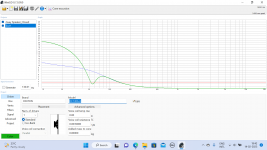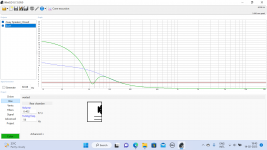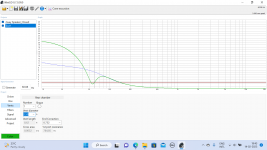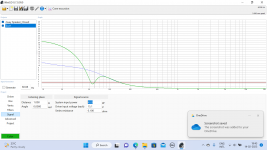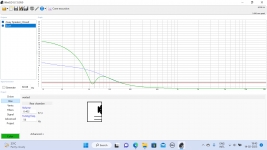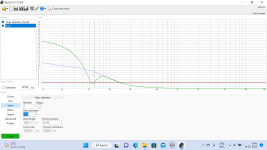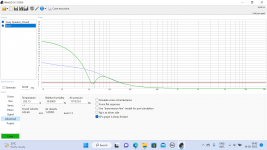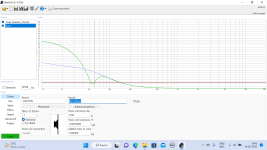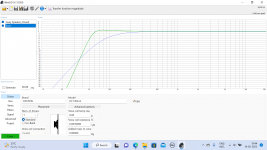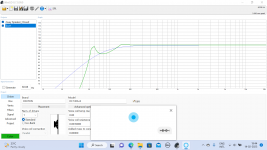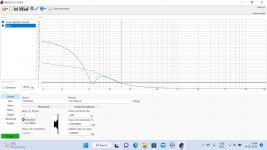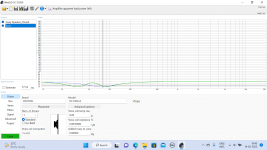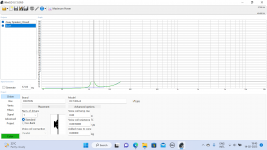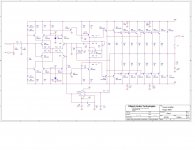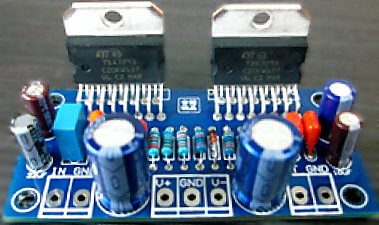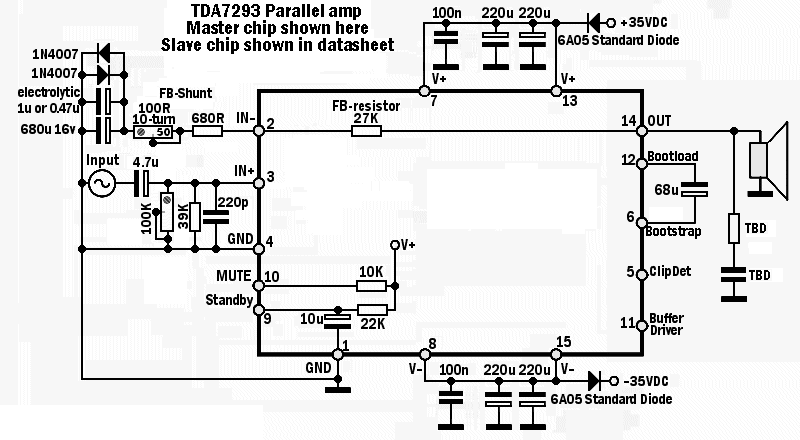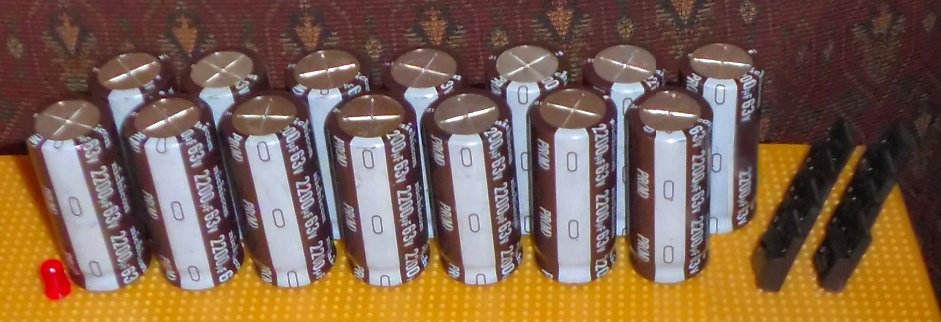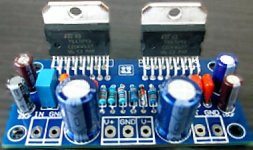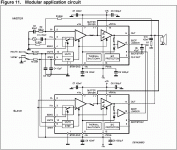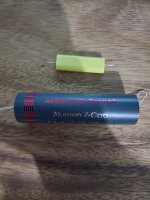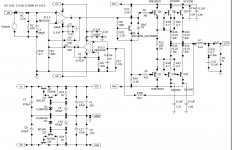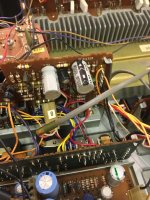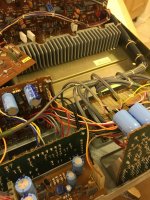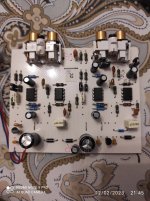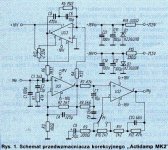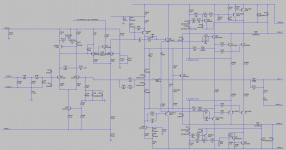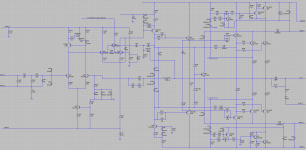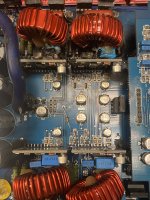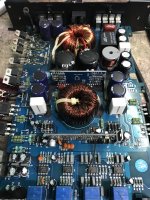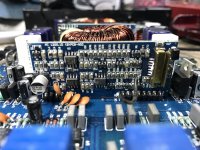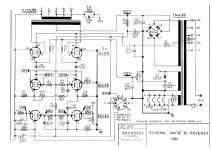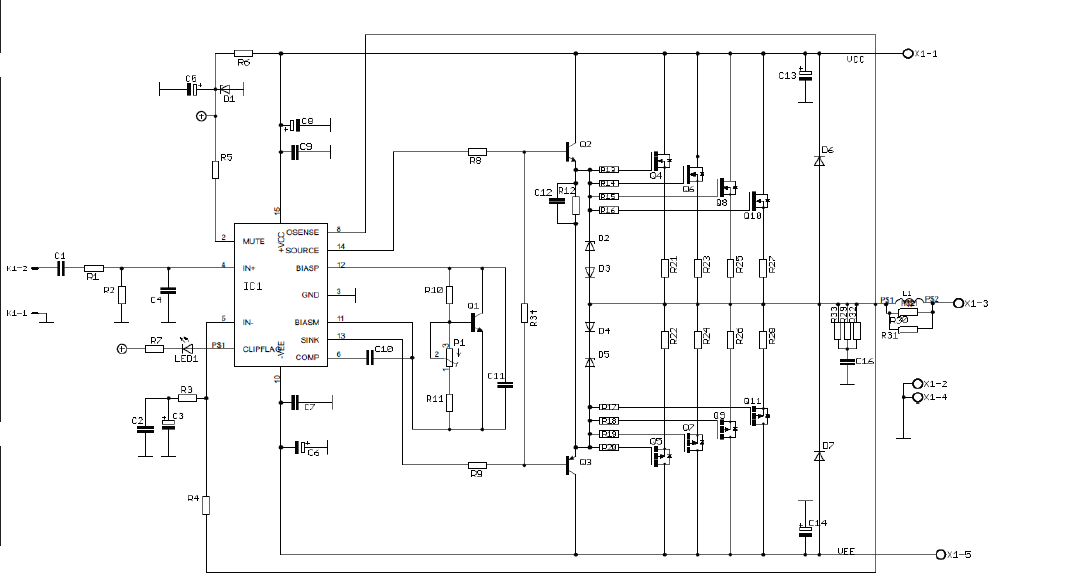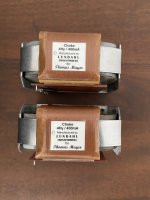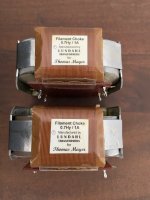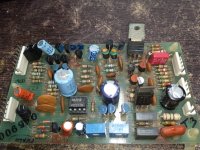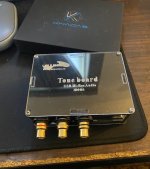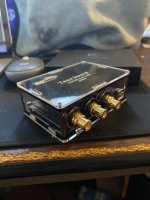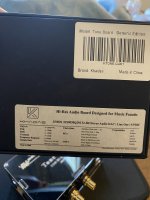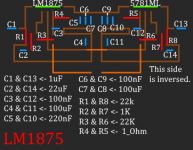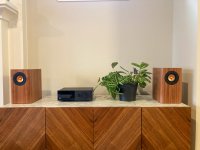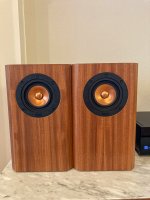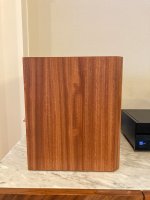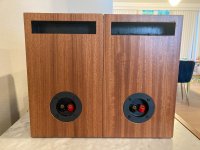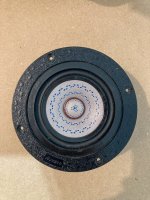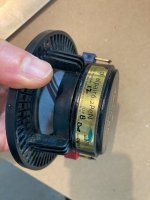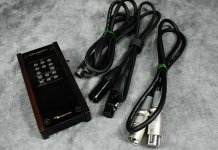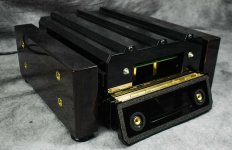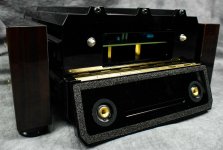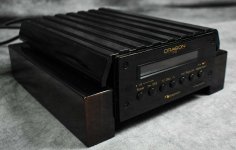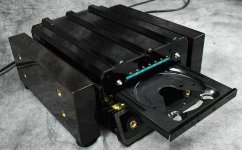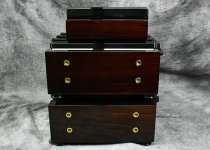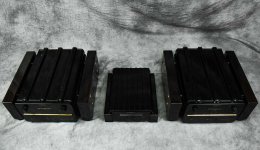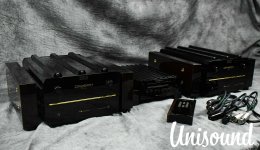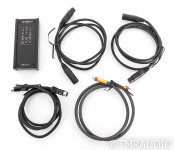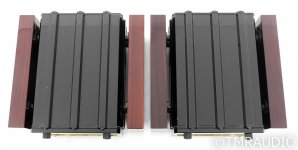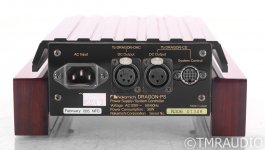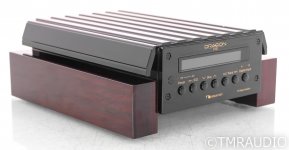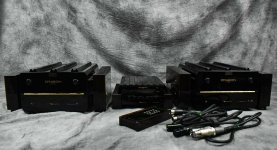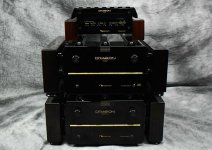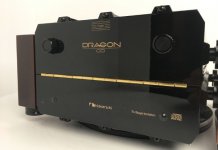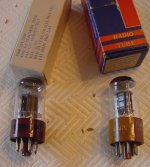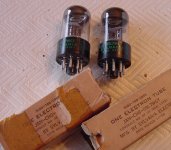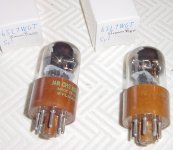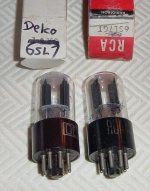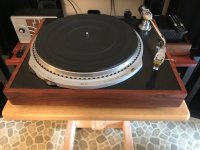Phase inverter Hum
- By brianqq
- Tubes / Valves
- 25 Replies
New Build
This will be the third time I have built this amp section so I know it works fine, and is normally very quiet.
I normally don't use a choke but did this time.
But if I ground R1 the amp hums/Buzz very loud along with some whooshy noise.
I tried grounding C2 directly like I have seen done and the amp hums exponentially louder until shut off.
The amp works without this grounded at all as long as the negative feedback is connected.
Test I have done:
All preamp tubes removed, No change.
Preamp section disconnected from amp section no change.
Phase inverter tube removed, hum & buzz gone. Just a normal low hiss
Changed Inverter tube to one I know works, no change.
Grounds test (several points) show less than 1 ohm all the way to the power outlet.
I don't have a scope, but my meter shows less than 2 volts of AC at the power caps. B+ 473
Plugged another amp with the same amp circuit to the same power outlet, with no issue.
Other symptoms:
When turned off the speaker takes a bit to stop making sound (can't remember if that's normal)
The power caps instantly drain almost completely at shutoff. Normally it takes a couple of minutes with a drain resistor attached.

This will be the third time I have built this amp section so I know it works fine, and is normally very quiet.
I normally don't use a choke but did this time.
But if I ground R1 the amp hums/Buzz very loud along with some whooshy noise.
I tried grounding C2 directly like I have seen done and the amp hums exponentially louder until shut off.
The amp works without this grounded at all as long as the negative feedback is connected.
Test I have done:
All preamp tubes removed, No change.
Preamp section disconnected from amp section no change.
Phase inverter tube removed, hum & buzz gone. Just a normal low hiss
Changed Inverter tube to one I know works, no change.
Grounds test (several points) show less than 1 ohm all the way to the power outlet.
I don't have a scope, but my meter shows less than 2 volts of AC at the power caps. B+ 473
Plugged another amp with the same amp circuit to the same power outlet, with no issue.
Other symptoms:
When turned off the speaker takes a bit to stop making sound (can't remember if that's normal)
The power caps instantly drain almost completely at shutoff. Normally it takes a couple of minutes with a drain resistor attached.
